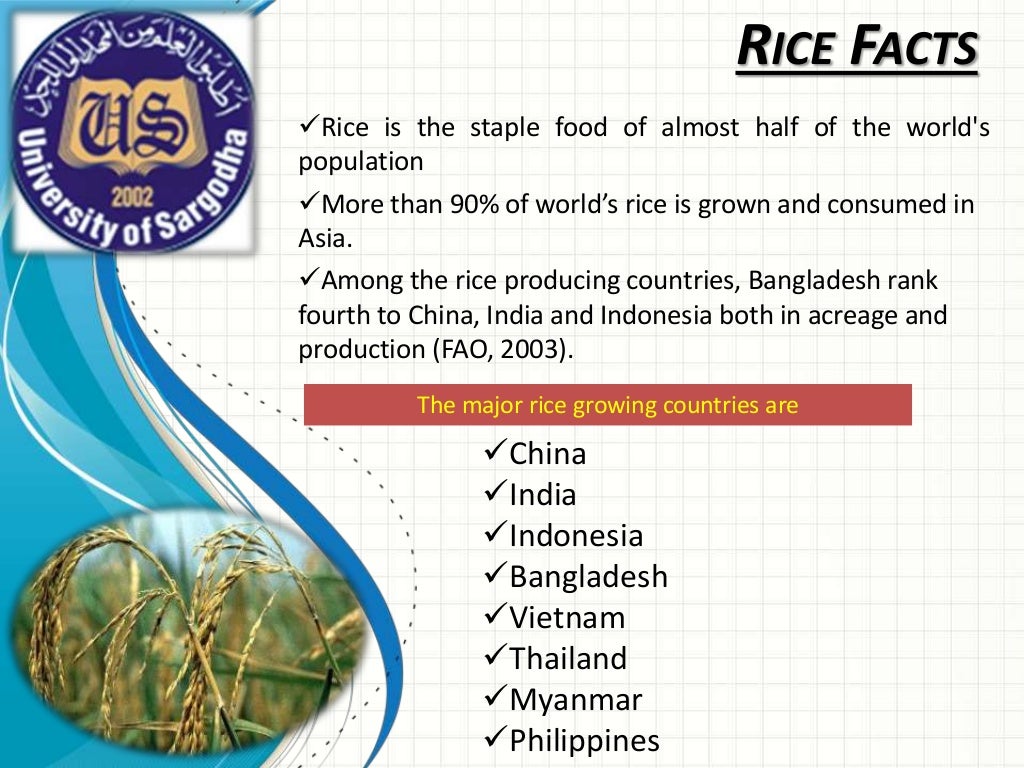

The bacteria causes wilting of seedlings (also called kresek) with yellowing and drying of leaves.When there is continuous rainfall along with heavy rain, the infection is seen spreading rapidly from one plant to another through ooze droplets on lesions of infected rice plants.Bacterial blight of rice is one of the deadliest diseases for rice which occur in both tropical and temperate climates where there are irrigated and rainfed lowlands.Read More: Strategies for Enhancement in Food Production

Using a combination of copper and mancozeb-containing fungicides.To remove weeds and straw, which act like a disease host of the bacteria.Ensuring good drainage of water so that the water doesn't become stagnant.By using healthy seeds from certified and reliable sources.One of the most effective measures is to use seedlings of blight-resistant rice.To avoid nitrogen usage in the field in the form of urea.Mentioned below are some of the preventive measures to stop bacterial blight from destroying fields: These resistant varieties of rice are very successful and have reduced crop loss drastically. Some, like Xa21 have been incorporated in commercial rice strain genomes. There are over 30 resistance genes, running from Xa1 to Xa33, that have been identified in rice plants. Another method which has been proven to be helpful is cultivating the rice with the gene that provides resistance to Xoo infection.However, some countries have restricted or banned the use of antibiotics hence these methods are not an universal method. Sometimes rice seeds are treated with certain antibiotics like copper sulphate and copper oxychloride.

Chemical Method: Chemical control is also ineffective in minimising the blight of rice due to various safety concerns, biological effects and overall effectiveness.Biological Method: Biological Methods of controlling the disease have not been that fruitful because it mostly consists of using bacterial antagonists of the pathogen which has proven to be limited in effectiveness.Methods of Controlling Rice Bacterial Blight This is also the reason why rice plants are highly affected by this disease as they require lowland with rain stagnant areas to grow. The use of nitrogen fertilisers further enhances the effectiveness and spread of the disease.īoth tropical and temperate environments are favoured, especially in lowland water-fed areas. The disease spreads more due to bad weather conditions like high humidity with more than 70% bad rainfall, heavy wind and warm temperature ranging from 25-34 o. The pathogen, Xanthomonas oryzae, can spread wind, rain and water used in irrigation. The leaves eventually dry out and a white crust is seen. In the final stage, a milky bacterial ooze is seen dripping from the leaves.Then they form a yellowish lesion with uneven edges.In the mature plants, water-soaked streak formation is seen and the green colour slowly turns into greyish green.After sometime, they wilt, dry up and die.When the seedling is affected, the infected leaves first turn yellow and then go on to being straw yellow.Some of the symptoms are mentioned below: The virus shows different symptoms at different stages of plant life. As the disease progresses, the leaf turns yellow and then straw yellow and then slowly it dries up and dies. In the beginning, infected leaves turn greyish green and roll up. It is seen that it can occur in both tropical and temperate environments where there is rainfed and irrigated lowlands.

A suitable temperature of 25-34 degree celsius along with a relative humidity of 70% is favourable for the infection. The disease occurs in areas with high numbers of weeds and can spread easily from one infected plant to another. Oryzae is the causal agent of the bacterial blight of rice. When the infection occurs in the booting stage, the yield is not destroyed but results in a poor quality of grains and higher proportion of broken kernels, thereby reducing quality of the cultivated rice. The bacterial blight of rice was first evident when water soaked streaks which spread from leaf tips and margins started releasing milky ooze that dries into yellow droplets. Bacterial blight is one of the most deadly diseases that occurs in rice cultivation.


 0 kommentar(er)
0 kommentar(er)
